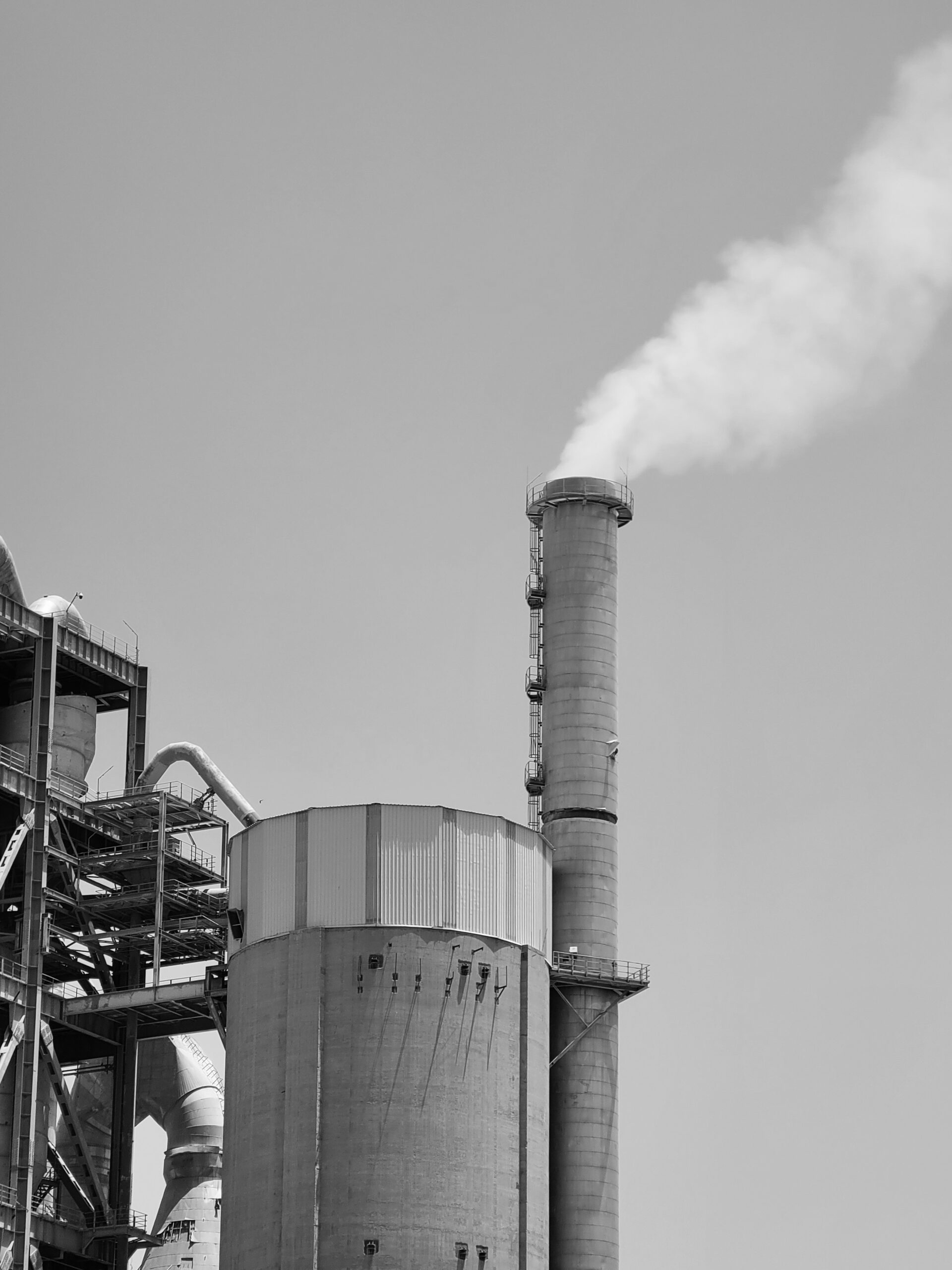
Advancements in nuclear technology continue to shape the future of energy production, balancing the scales between safety, efficiency, and economic feasibility. In the previous blog post, we’ve delved into the realm of Small Modular Reactors (SMRs). Now, we turn our attention to one of the most promising innovations within this domain, the Stable Saltwater Reactors (SSRs). Specifically, we’re examining Moltex’s SSR, a notable contender in the SMR market. Offering unique characteristics and compelling advantages, the SSR presents a fresh perspective in the nuclear reactor design landscape.

ADI recently examined the design of the SSR from Moltex, finding it markedly distinct from traditional counterparts (See Figure 1). The reactor core holds arrays of standard fuel pins submerged in molten salt fuel, encapsulated within a bath of primary coolant salt. This innovative design approach promotes safety and constant energy generation. The cherry on top is the reactor crane, a feature ensuring continuous operation. During operation, this crane maneuvers to refuel the reactor, resulting in minimal downtime, akin to a pit stop in a Formula 1 race. The SSR’s ability to operate at high temperatures and its seamless refueling process, may soon challenge NuScale’s SMR, the reigning monarch of the compact reactor kingdom, currently acclaimed for its Nuclear Regulatory Commission NRC certification and operational efficiency. Characterized by a molten salt configuration, it operates at an elevated temperature of 1,112 degrees Fahrenheit, boasting a rated size of 500 MWe. Despite being in the pre-application phase with the NRC, this model underlines a growing trend toward more efficient, cost-effective, and environmentally friendly nuclear power technologies, pointing out an emergent opportunity within the energy industry at the reactor design and production levels in the value chain.
At the heart of the SSR design is the use of molten salts instead of traditional solid fuel rods. The SSR’s fuel, composed of two-thirds sodium chloride and one-third mixed lanthanide/actinide trichlorides, originates from the repurposed, used nuclear fuel from existing reactors. This method drastically simplifies the nuclear waste disposal process and reduces the potential risks associated with waste storage.
Notably, these reactors feature fuel assemblies filled with salt to ensure optimal energy production. In SSR-W, each assembly contains approximately 300 fuel tubes of 10mm diameter, filled to a height of 1.8m with fuel salt. This arrangement facilitates efficient heat extraction and optimal performance.
The SSR’s coolant system uses a chloride-based coolant salt, mitigating the risk of corrosion to standard steel types and, therefore, permitting the construction of key components with standard 316L stainless steel. This leads to a decrease in manufacturing costs and enhances the lifespan of the reactor.
From a safety perspective, SSRs employ intrinsic safety characteristics, eliminating the need for mechanical control. This is facilitated by a high negative temperature coefficient of reactivity and the continuous extraction of heat from the fuel tubes. Moreover, the reactors operate at atmospheric pressure, eliminating the risk of radioactive material dispersion during accidents, which is a common issue in water-cooled reactors.
Economically, SSRs show promising potential. Moltex Energy estimates the capital cost of the SSR-W at $1,950/kW USD, making it more cost-effective compared to coal power stations or large-scale nuclear plants. This reduced cost leads to a lower levelized cost of electricity (LCOE), thereby improving the economic viability of nuclear power generation.
Finally, SSR technology’s flexibility allows adaptation to various reactor designs, expanding its potential for widespread deployment. The SSR technology portfolio includes designs such as the FLEX reactor, suited for nations without an existing nuclear fleet and concerns about waste, and the SSR-Th, a thorium breeding version providing energy security for nations without uranium reserves.
Despite their potential, SSRs present certain challenges. Primarily, the handling of molten salt fuels necessitates advanced technologies, potentially increasing the complexity of reactor operations. Additionally, the longevity and durability of materials under high neutron flux and corrosive conditions remain subjects of ongoing research and development.
ADI Analytics is a prestigious, boutique consulting firm specializing in oil & gas, energy transition, and chemicals since 2009. We bring deep, first-rate expertise in a broad range of markets including sustainable energy, where we support Fortune 500, mid-sized and early-stage companies, and investors with consulting services, research reports, and data and analytics, with the goal of delivering actionable outcomes to help our clients achieve tangible results.
We also host the ADI Forum, one of Houston’s distinguished industry conferences, to bring c-suite executives from oil & gas, energy transition, and chemicals together for meaningful dialogue and strategic insights across the value chains.
Subscribe to our newsletter or contact us to learn more.
– Ninad Kulkarni



















